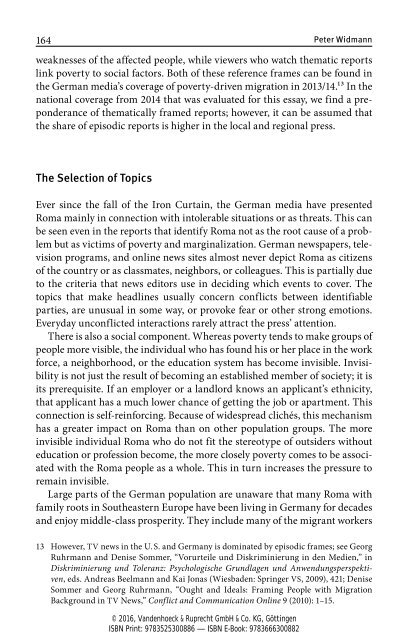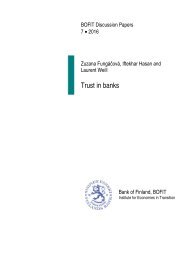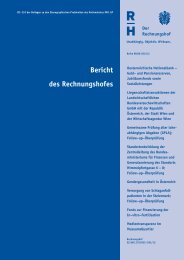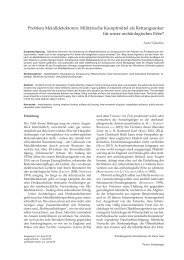Media and Minorities
9783666300882_ruhrmann_media_ebook_034247
9783666300882_ruhrmann_media_ebook_034247
Create successful ePaper yourself
Turn your PDF publications into a flip-book with our unique Google optimized e-Paper software.
164<br />
Peter Widmann<br />
weaknesses of the affected people, while viewers who watch thematic reports<br />
link poverty to social factors. Both of these reference frames can be found in<br />
the German media’s coverage of poverty-driven migration in 2013/14.13 In the<br />
national coverage from 2014 that was evaluated for this essay, we find a preponderance<br />
of thematically framed reports; however, it can be assumed that<br />
the share of episodic reports is higher in the local <strong>and</strong> regional press.<br />
The Selection of Topics<br />
Ever since the fall of the Iron Curtain, the German media have presented<br />
Roma mainly in connection with intolerable situations or as threats. This can<br />
be seen even in the reports that identify Roma not as the root cause of a problem<br />
but as victims of poverty <strong>and</strong> marginalization. German newspapers, television<br />
programs, <strong>and</strong> online news sites almost never depict Roma as citizens<br />
of the country or as classmates, neighbors, or colleagues. This is partially due<br />
to the criteria that news editors use in deciding which events to cover. The<br />
topics that make headlines usually concern conflicts between identifiable<br />
parties, are unusual in some way, or provoke fear or other strong emotions.<br />
Everyday unconflicted interactions rarely attract the press’ attention.<br />
There is also a social component. Whereas poverty tends to make groups of<br />
people more visible, the individual who has found his or her place in the work<br />
force, a neighborhood, or the education system has become invisible. Invisibility<br />
is not just the result of becoming an established member of society; it is<br />
its prerequisite. If an employer or a l<strong>and</strong>lord knows an applicant’s ethnicity,<br />
that applicant has a much lower chance of getting the job or apartment. This<br />
connection is self-reinforcing. Because of widespread clichés, this mechanism<br />
has a greater impact on Roma than on other population groups. The more<br />
invisible individual Roma who do not fit the stereotype of outsiders without<br />
education or profession become, the more closely poverty comes to be associated<br />
with the Roma people as a whole. This in turn increases the pressure to<br />
remain invisible.<br />
Large parts of the German population are unaware that many Roma with<br />
family roots in Southeastern Europe have been living in Germany for decades<br />
<strong>and</strong> enjoy middle-class prosperity. They include many of the migrant workers<br />
13 However, TV news in the U. S. <strong>and</strong> Germany is dominated by episodic frames; see Georg<br />
Ruhrmann <strong>and</strong> Denise Sommer, “Vorurteile und Diskriminierung in den Medien,” in<br />
Diskriminierung und Toleranz: Psychologische Grundlagen und Anwendungsperspek tiven,<br />
eds. Andreas Beelmann <strong>and</strong> Kai Jonas (Wiesbaden: Springer VS, 2009), 421; Denise<br />
Sommer <strong>and</strong> Georg Ruhrmann, “Ought <strong>and</strong> Ideals: Framing People with Migration<br />
Background in TV News,” Conflict <strong>and</strong> Communication Online 9 (2010): 1–15.<br />
© 2016, V<strong>and</strong>enhoeck & Ruprecht GmbH & Co. KG, Göttingen<br />
ISBN Print: 9783525300886 — ISBN E-Book: 9783666300882







